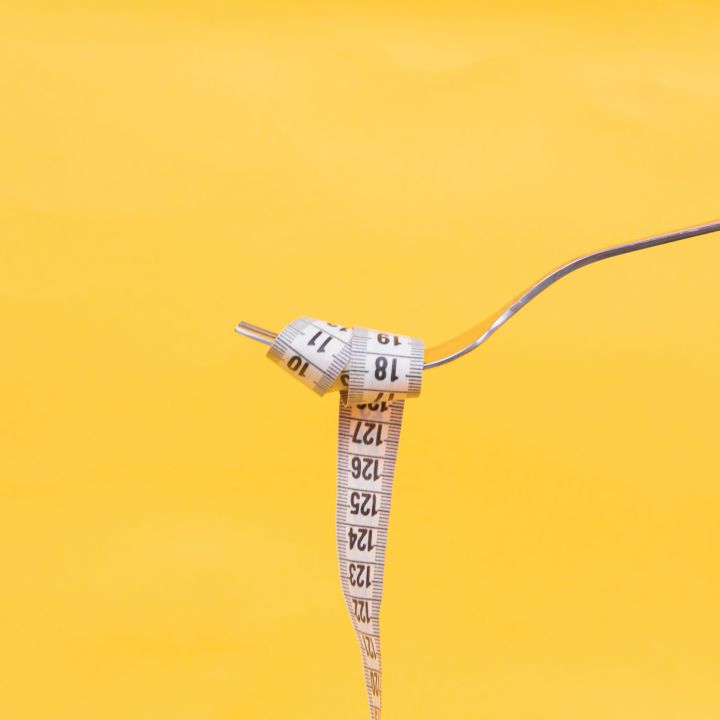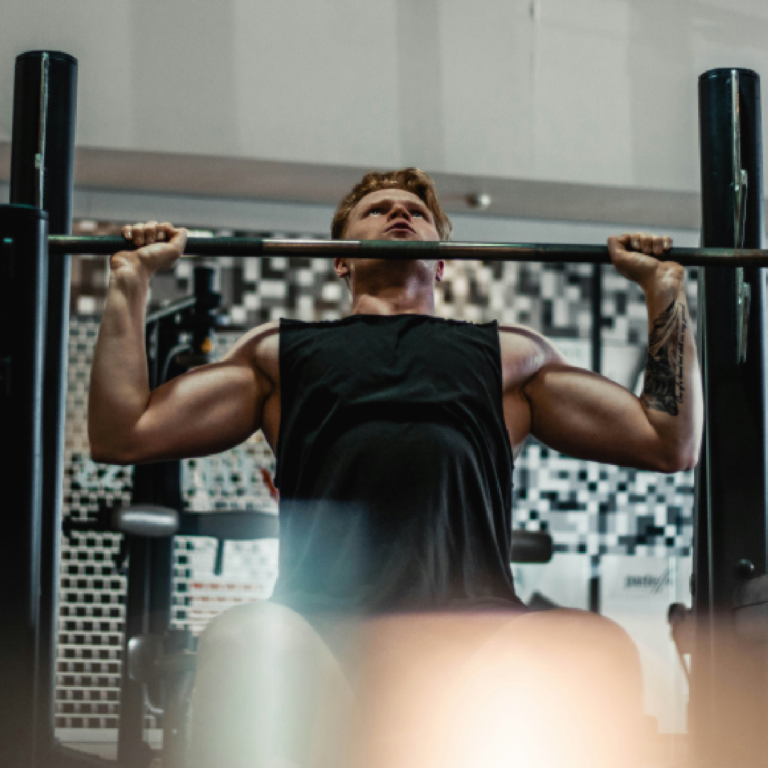Put Yourself in the Best Position for Your Next Shot
Backround
This week’s post is my second post in a continuous series of life lessons I have learned by growing up playing sports. As mentioned in a previous post, I thoroughly believe that growing up as an athlete helped shape my life and was integral in forming me into the person I am today. Sports are analogous to life in so many ways, and they can teach you many valuable life lessons such as teamwork, perseverance, resilience, and determination. With these posts throughout the year, I hope to be able to able to translate valuable life lessons that I learned to those that may not have had the opportunities that I had or even help portray these lessons in a way that resonate better with people with a sports and competitive background. This particular lesson – Putting yourself in the best position for your next shot – is a lesson I learned (& am still learning, unfortunately) from the game of golf.
Content
Often times in the game of golf, you have several different potential shot options that you can take from your current position to get to where you want to be. Some options are harder than others, some options are riskier than others, some shots suit the eye of the golfer better, and some shots are a little more worth the risk than others. Which shot you take also depends on the course conditions that day, the current status of you in relation to any competitors, and what may or may not be working for you that day. With all of these things considered, you have to decide what shot you want to take and then get prepared to execute that shot. But how do you decide which shot is the best shot for you to take in that moment when there are all these factors to consider? A good friend of mine and former college golfer that I play with quite often gives this same advice every time someone asks him what he thinks they should do and I think this piece of advice is not only applicable to the golf course but like many other things related to sports, I think it is also applicable to life. His go-to advice is to “hit whatever shot is going to put you in the best position for your next shot”. This means that when you decide what your next shot is going to be, you have to think about the next shot as well. For example, consider you are hitting a tee ball on a 350-yard par 4. You hit your driver pretty well but you hate to hit your wedges. The green looks enticing no doubt, but the odds are you aren’t going to hit a 350-yard drive on the green. Sure, if you bomb it and hit it close you will feel good for a minute and look pretty impressive, but then you are going to walk up and find out you came up 20 yards short and now you have to hit your dreaded wedge. Was the drive worth it? Another option would be to take a hybrid off the tee, hit it to 120 yards out, and take a smooth pitching wedge to the green which you feel much more comfortable with. Yeah, the tee shot wasn’t as sexy or fun but you have positioned yourself better for the bigger picture. The latter decision described above is what I mean by choosing the shot that is going to set you up in the best position for your next shot.
One of the things I have written about the most, and what a lot of people in the personal development space speak about, is the power of compounding seemingly minuscule habits. Though it may not seem like much at the moment, performing a small but meaningful task is only working toward setting up yourself in the best position for your next shot. Think about all of the bigger accomplishments you have had in your life – you would not have had the opportunity to achieve that accomplishment if you didn’t do what you needed to before that to put yourself in that position. If you graduate college, it is because of all of the nights you spend studying to pass the tests. If you hit a walk-off home run in the bottom of the 9th inning, it is because of all of the batting cage sessions you have done building up to that. If you land your dream job, it is because of your persistence and the constant filling out of job applications. Good things don’t come by accident, they come because you put yourself in a good position to succeed.
Now, the best part about this post is that it is not written to talk about how a bunch of small habits compounds into large successes, That has been talked about already, and will likely be talked about again. This view is looking at it from a macro scale – what you get at the end from what you put in over time. Another way to look at this piece of advice is on a micro scale – what are these small habits that you need to be doing, and what can you do to make them easier on yourself? What can you do to better position yourself for the next shot, or the next small task that you need to do? Like in the game of golf, you need to look at what your ideal next shot would be and make the decision in the now that will help you get to that position. You need to set yourself up in the best position for that next shot.
James Clear, author of Atomic Habits (reviewed here), said in the book that the most disciplined people in the world are not really that disciplined, they are just really good at setting up their environment to resist temptation. They are good at setting themselves up in the best position for their next shot. For example, say you want to quit snacking throughout the day and you want to eat better but you hate cooking and you are constantly on-the-go. You have identified your next shot (eat a healthy meal), and now you just need to set yourself up in the best position to do it. A few examples of setting yourself up here could be to meal prep your food at the beginning of the week, and to keep snacks from inside of your house. If you have healthy food readily available, there will be no need to grab something quick and easy. If you don’t keep quick and easy snacks around the house, you have no choice but to cook. This is putting yourself in position for your next shot. Another example that I like to use with people is for the people that really want to start getting up early but can’t stop hitting the snooze button. My favorite thing to do in this situation is to plug your phone in across the room when you want to go to bed and make your alarm obnoxious. This helps for two reasons. The first one is because if you plug your phone up across the room when you want to go to bed, you are more likely to fall asleep quicker because you won’t have any distractions. The second reason is because when that alarm goes off in the morning, you physically force yourself to stand up and move across the room to turn it off, If you are already up and moving, the odds you hit snooze and walk back to bed drops exponentially. If this still doesn’t work, take it a step further. Download a math alarm. For those of you that don’t know, a math alarm is just an alarm that forces you to solve a few simple math problems before it shuts off. Combining this with putting your phone across the room not only forces you to get up and moving, but it forces your brain to start turning in the morning. It is much harder to go back to bed once you have been up and moving and your brain has been started for the day. These are just a few examples of ‘shots’ that people want to take, and a few examples of ways to best set yourself up in position to successfully execute those shots.
One more justification for learning to best set yourself up in position is the benefits from avoiding decision fatigue. Decision fatigue is the concept and idea that if a person has to make too many decisions during the day, the decisions get less and less calculated and more and more impulsive. No matter how disciplined or resilient you are, at the end of the day we are all human. At some point during the day, if you have to waste mental power on too many decisions, you start to lean towards whatever is easiest because you don’t have the capacity to make a calculated decision. One way to avoid this is to limit the amount of decisions you make in a day. Automate what you can. Pre-decide on monotonous tasks the day before they happen so that you don’t waste energy on nonsensical decisions. Prep your meals so you don’t have to decide about what to eat. Put your clothes out so you don’t have to pick an outfit in the morning. Write out your workout so you don’t wake up in the morning and have to think it out. All of these things are examples of setting yourself up in the best position for your next shot. If you pre-determine your next move and make it easier for you to execute when it arises, the less effect you will have from decision fatigue.
Remember, the most disciplined people in the world really aren’t that much more disciplined than you – they are just good at setting up their environment to where they don’t have to continually make the tough decisions. They reduce decision fatigue. They are good at putting themselves in position to succeed. Like in the game of golf, learn how to set yourself up in the best position for your next shot.


